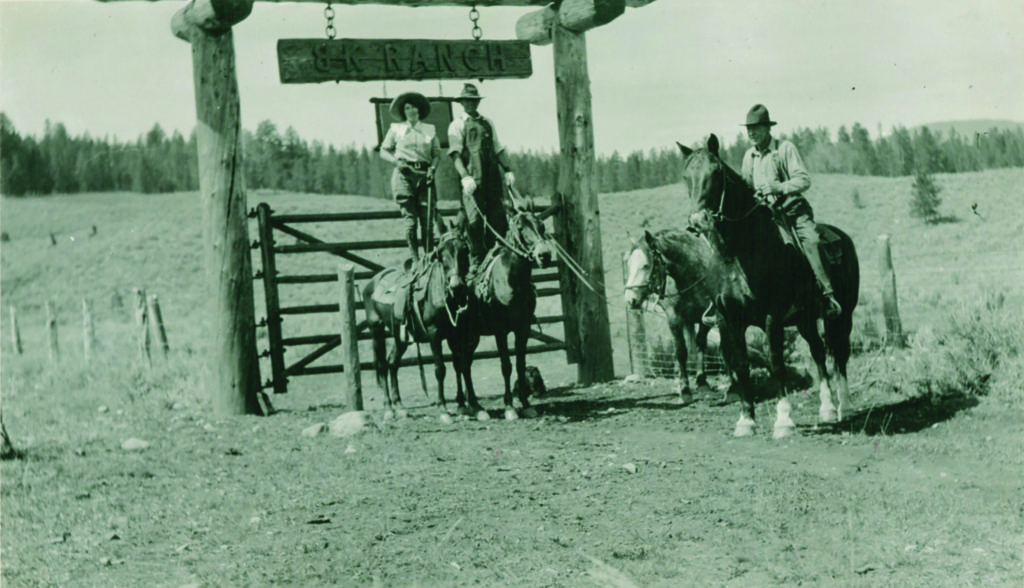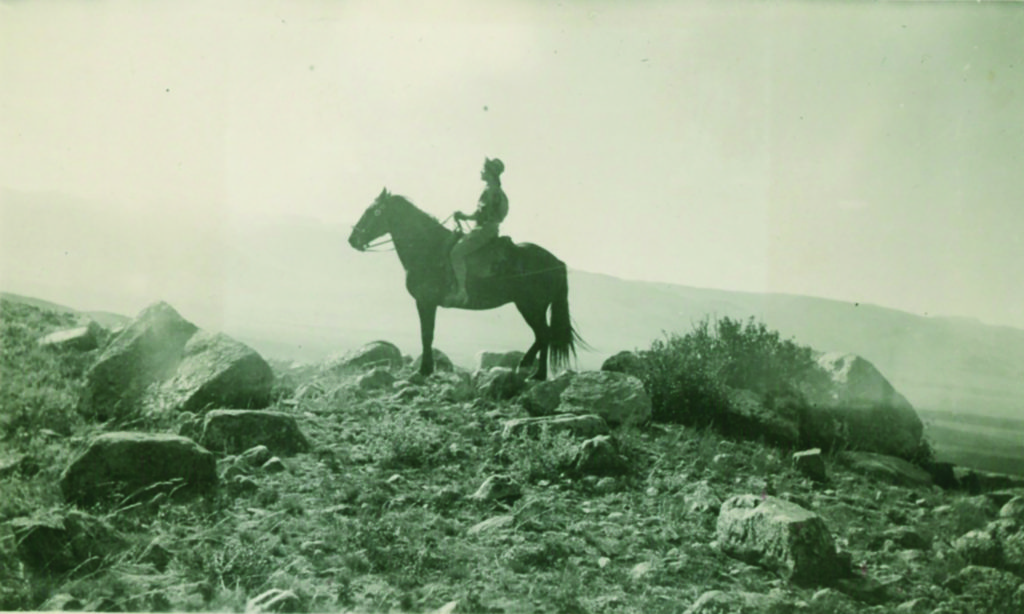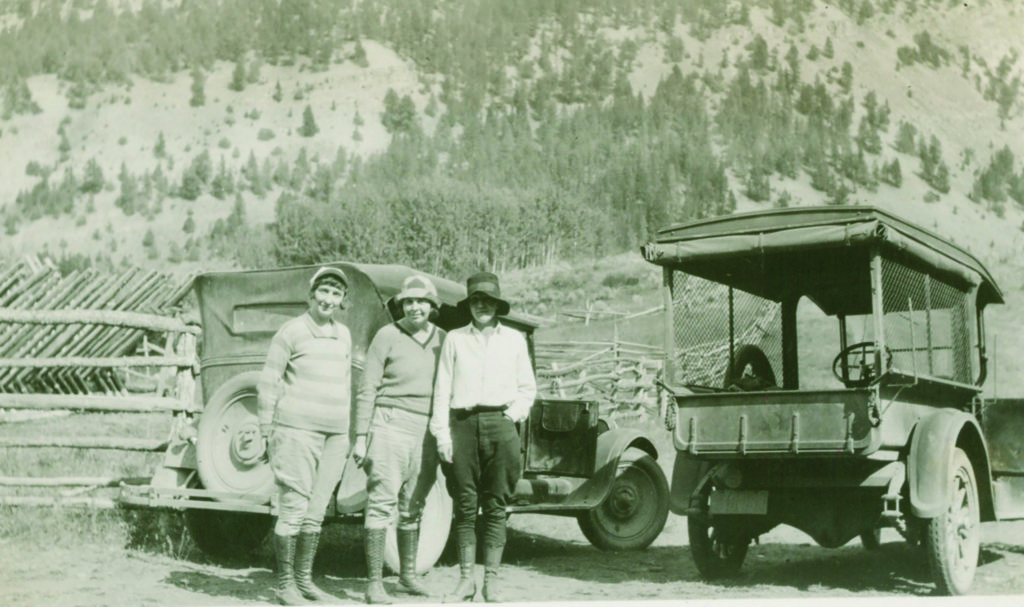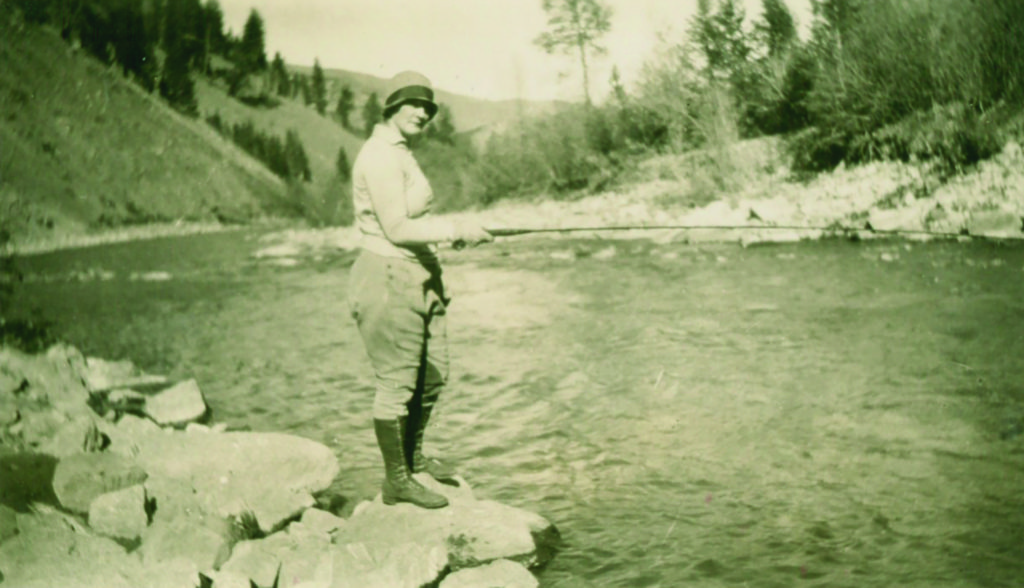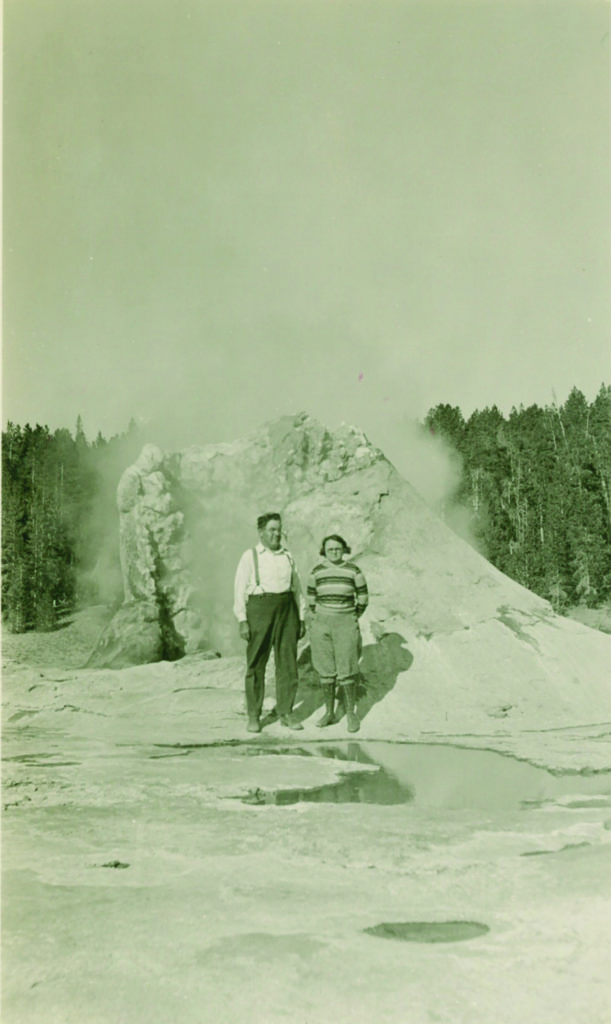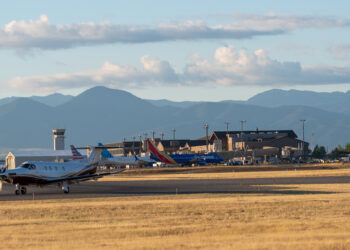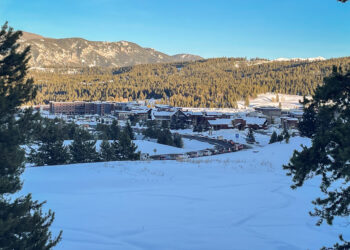By Anne Marie Mistretta EBS Contributor
Ultimately, it was the railroad that changed the face of the Gallatin Canyon forever, as Northern Pacific’s hunger for railroad tie timber spawned a widened path along the Gallatin River.
Once the railroad rumbled through Bozeman, its thirst for passengers launched a campaign to transport visitors to the newly established Yellowstone National Park. The upgraded river road served to move logs north and tourists south.
As early as 1906, ranchers along the Gallatin supplemented their finances by enticing Yellowstone visitors to extend their vacation at a “dude ranch.” Tom Michener, who ranched near the current Conoco gas station, and Sam Wilson, owner of the Buffalo Horn Ranch (now the 320 Guest Ranch), collaborated to regulate rates.
For $12 a week—plus $6 a week for a horse—vacationers could escape urban stress by renting a cabin and perhaps donning chaps and tackling ranch chores.
Many of the area’s current resorts opened their doors to tourists in the early 1900s. The Dew Drop Inn became the Half Way Inn in 1919 and is now Rainbow Ranch. Lone Mountain Ranch, previously known as the B Bar K, started as a retreat in 1926.
The area’s natural resources and unique geological features lured residents and visitors alike into streams and onto trails, and they still do. The overnight pack trip into the wilderness, often the highlight of a “dude’s” vacation, remains popular today.
Whether fishing the pristine Gallatin River or hiking and riding in the remote forests, tourists could return to their families and colleagues with stories about their vacation in Montana.
The Historic Crail Ranch Photo Archives provide a glimpse of tourism over a century ago. Today, through a 100-year lens, we find that Big Sky’s attractiveness remains much the same and we continue to rediscover satisfaction in combining physical exertion with an invigorating environment.
